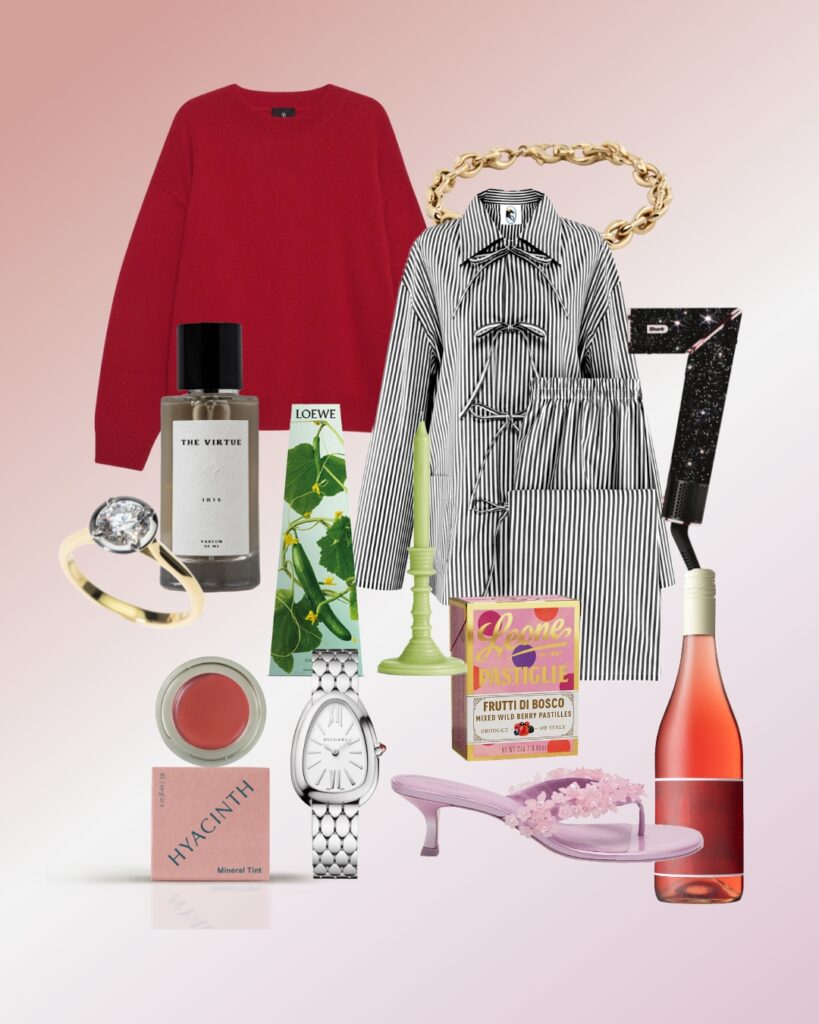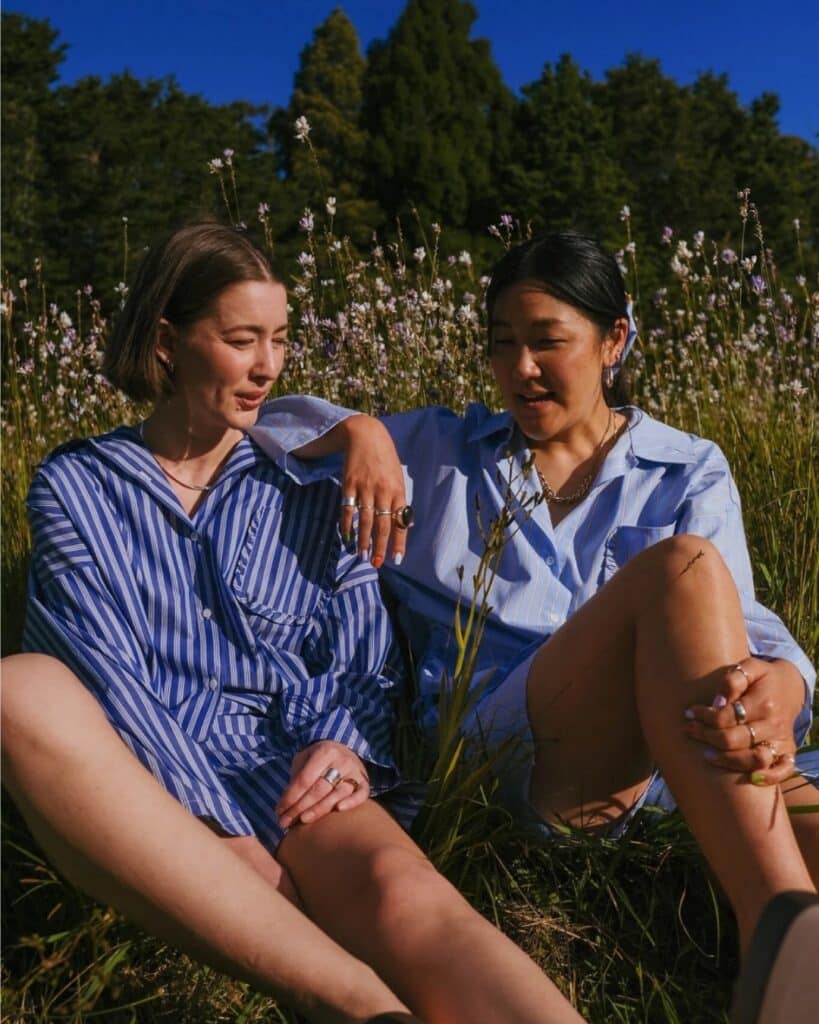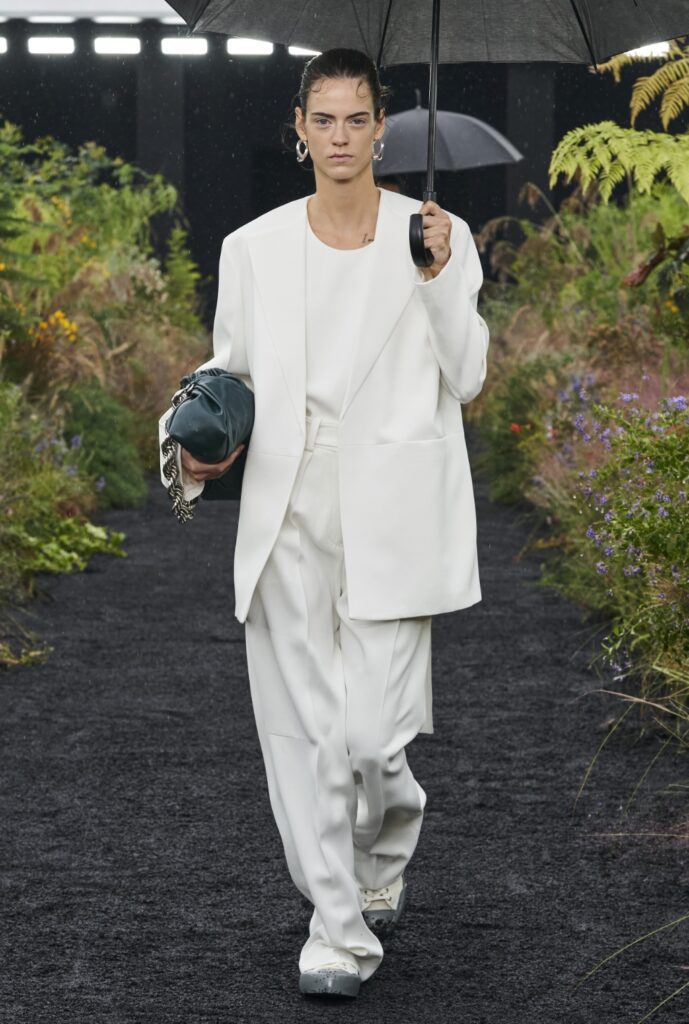
Let’s talk about the proverbial elephant in the room: quiet luxury.
In short, the “quiet luxury” trend represents a shift away from the flashy, ostentatious styles of the past towards a more understated, refined and minimalistic aesthetic. At its core, it’s about quality craftsmanship, materials, and attention to detail, rather than showy logos and brand names.
If you’ve recently purchased the Christian Dior tote bag or the Gucci bucket hat, you may want to divert your eyes (or your hard-earned cash) because the quiet luxury trend is here to stay.
One of the reasons for quiet luxury growing in interest is how it relates to sustainability and ethical fashion. By investing in classic, high-quality pieces that are timeless, consumers are buying less, but better. As transparency around how our clothes are manufactured increases, consumers are choosing to make purchases which have a reduced impact on the environment and people who make them. Quiet luxury brands are often associated with using sustainable materials, ethical manufacturing processes, and a focus on longevity and durability, opposed to fast fashion trends.
Another factor driving the trend is a desire for more timeless and versatile pieces that can be styled in multiple ways for multiple occasions. Quiet luxury designs often feature classic shapes, neutral colours, and subtle detailing, making them easy to mix and match with other pieces in a wardrobe across the seasons.
Furthermore, the rise of social media has played a role in the growing popularity of quiet luxury. While flashy, logo-heavy designs may have been popular in the past, today’s fashion influencers are more likely to showcase understated, high-quality pieces. This has helped to shift the perception of what is considered fashionable, and has given a platform to smaller, niche brands that focus on quality and craftsmanship over mass-market appeal.
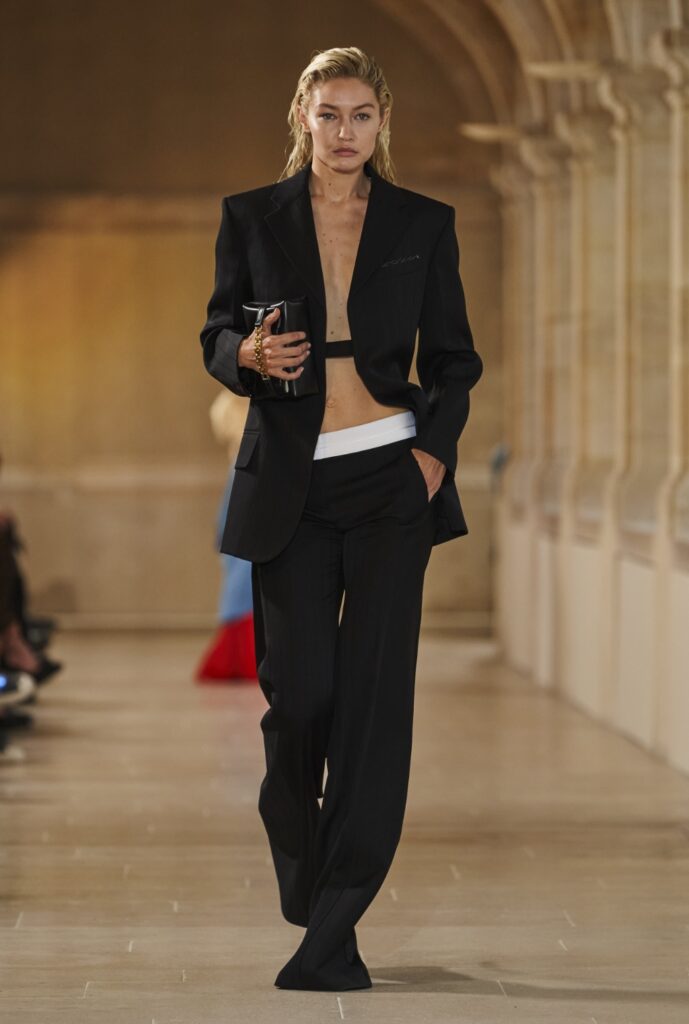
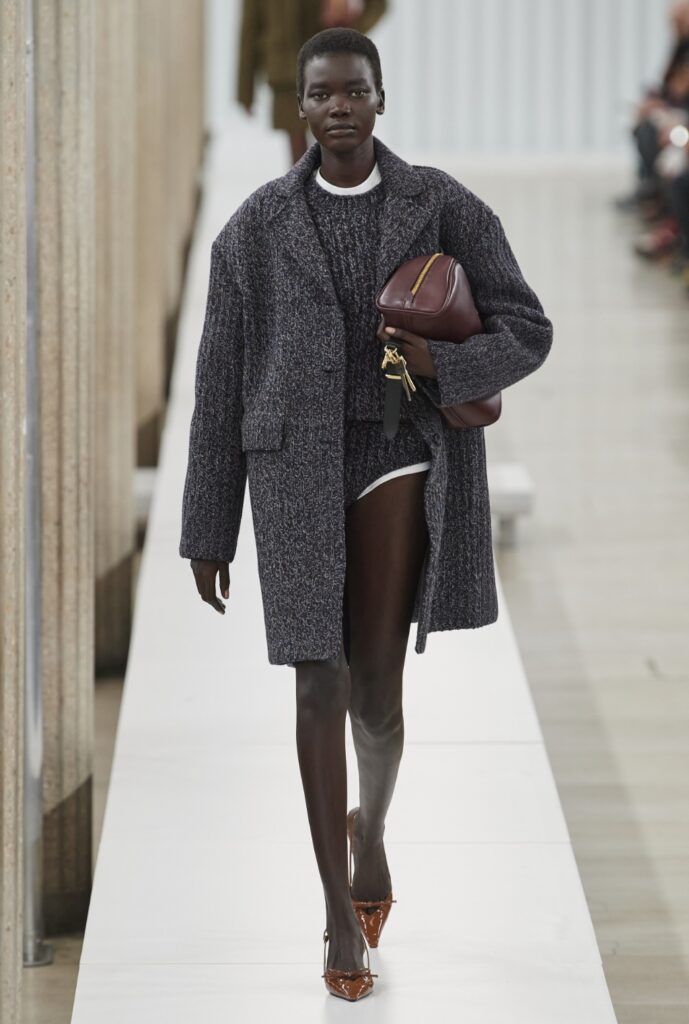
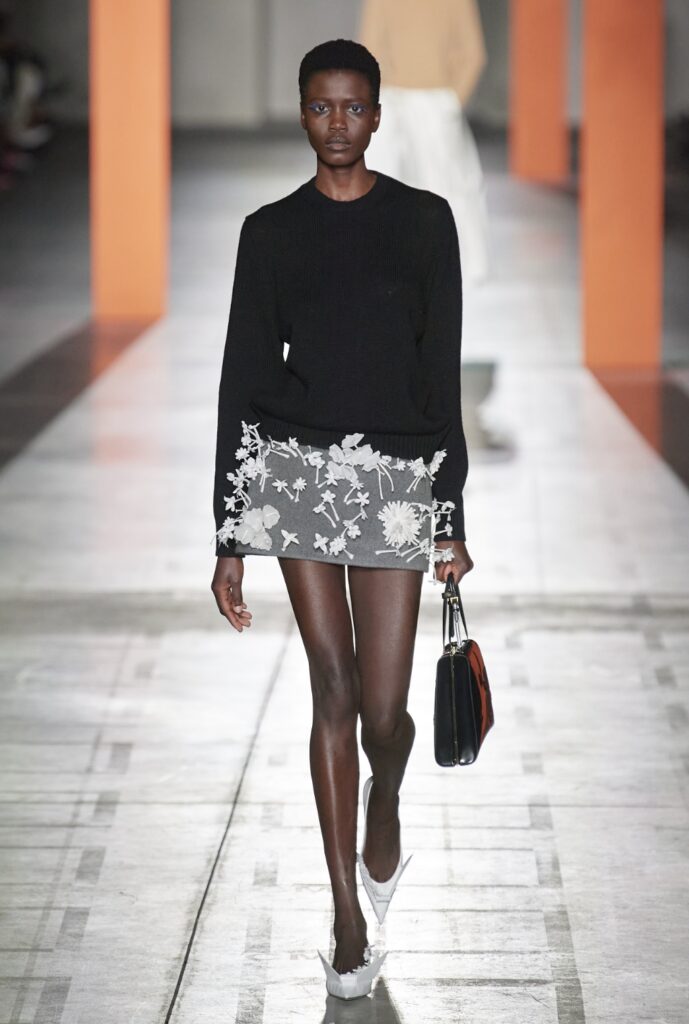
Influencers and stylists who have championed quiet luxury over the years include Vogue Paris editor-in-chief Emmanuel Alt, fashion editor and blogger Lucy Williams, Turkish stylist and creative director Ece Sukan, and The Garment founder Sophia Roe, to name a few.
While it may not be as flashy or attention-grabbing as some of the designs of the past, it offers a sense of refinement and sophistication that is increasingly sought after by consumers who value quality and longevity over fast fashion trends.
According to the Business of Fashion, quiet luxury is a reaction to pop culture, with shows like Succession depicting the look, as well as the current economic climate. And let’s not forget the chokehold Gwyneth Paltrow’s courtroom style had on the internet during her March 2023 trial (1.5 million search results and counting). But it’s not just top-tier luxury brands who are benefitting; consumers are increasingly looking for staple pieces like button-down shirts and cashmere sweaters.
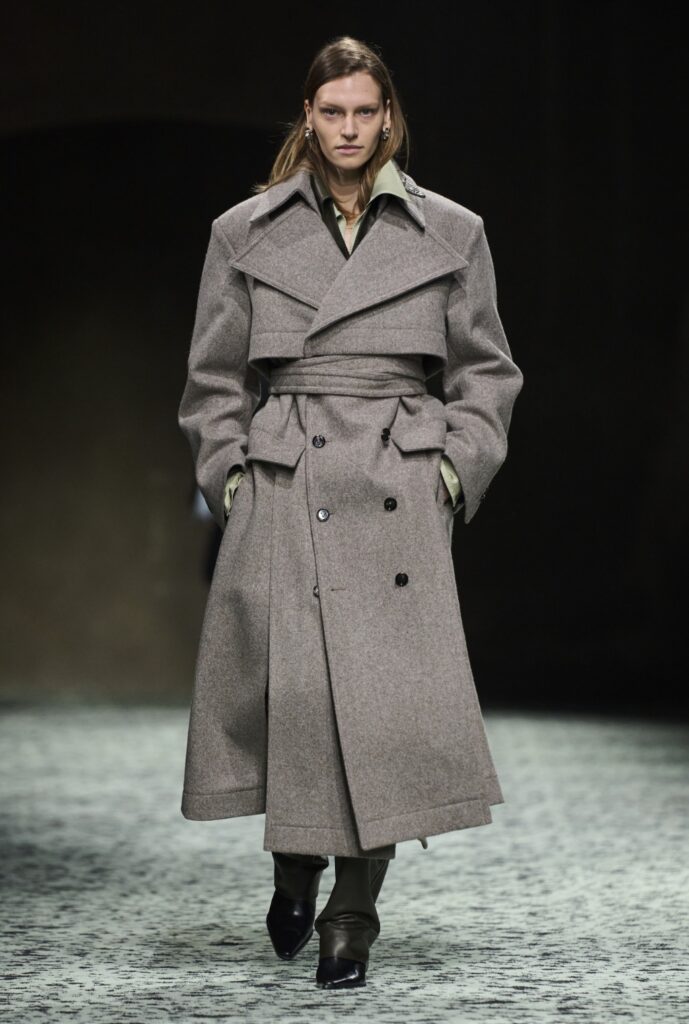
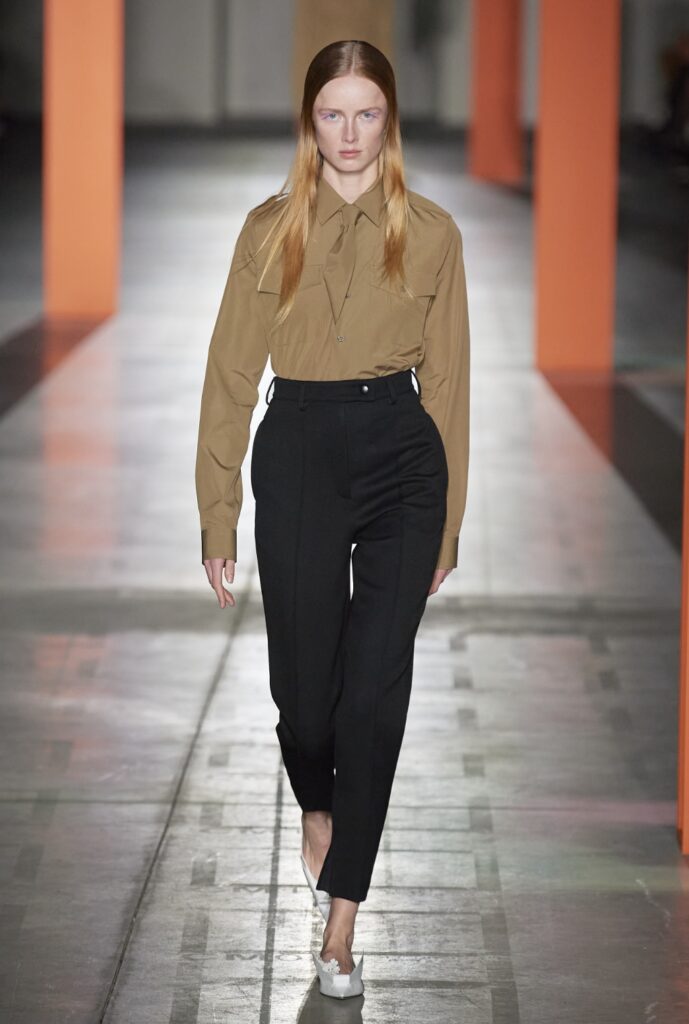

There are many brands that adopt the quiet luxury ethos. Think: The Row, Celine, Jil Sander, Victoria Beckham, Toteme, and Bottega Veneta. Or, closer to home, designers such as Reine, Gregory, Paris Georgia, or Maggie Marilyn’s ‘Somewhere’ collection.
“I think New Zealand designers, at their core, know that Kiwis gravitate to classic cuts they can wear again and again,” says Fashion Quarterly’s editor in chief Sarah Murray. “Sure, they can create incredible dresses in an array of colours and patterns but threaded among those items most brands offer items in quality fabrics that are timeless.”
But what about stealth wealth?
While some consumers and industry professionals use the terms interchangeably, the stealth wealth trend takes a more discreet approach to luxury. Stealth wealth is about dressing in a way that doesn’t immediately reveal the wearer’s wealth or status. It’s about subtle, nuanced details and high-quality materials that are only noticeable to those with a discerning eye.
Like quiet luxury, the stealth wealth trend includes classic and timeless pieces in neutral colours, high-quality fabrics, and minimal branding. It also extends to understated luxury items such as fine jewellery, watches, and leather goods.
“Stealth wealth is about leaving the logos at home,” says Fashion Quarterly’s editorial assistant Amberley Colby. “Think cashmere, immaculate tailoring and high-quality staples.”
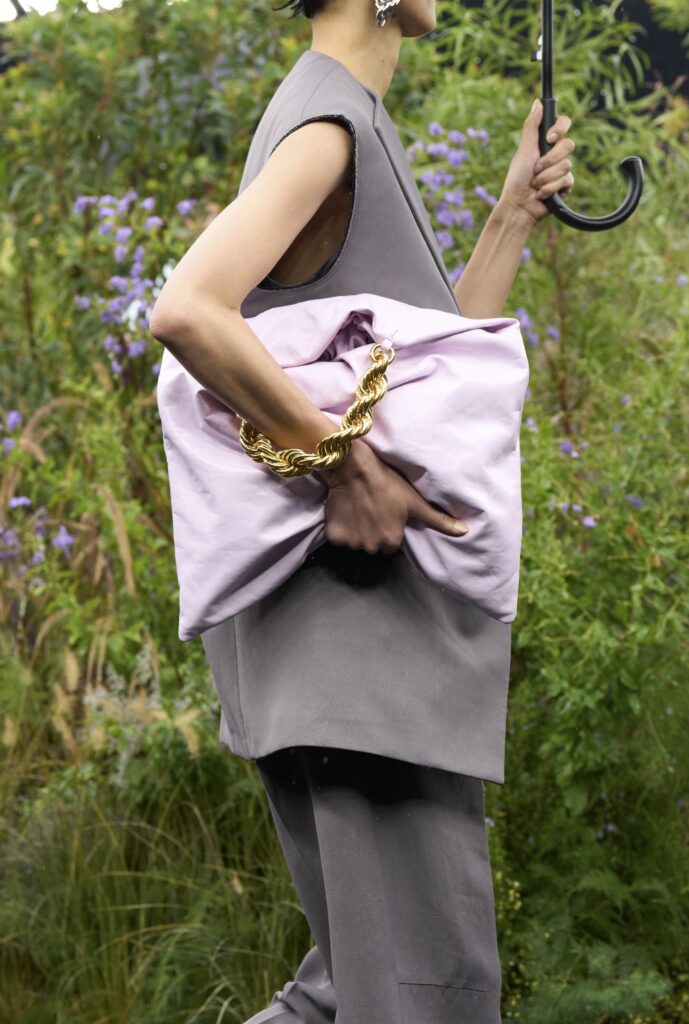
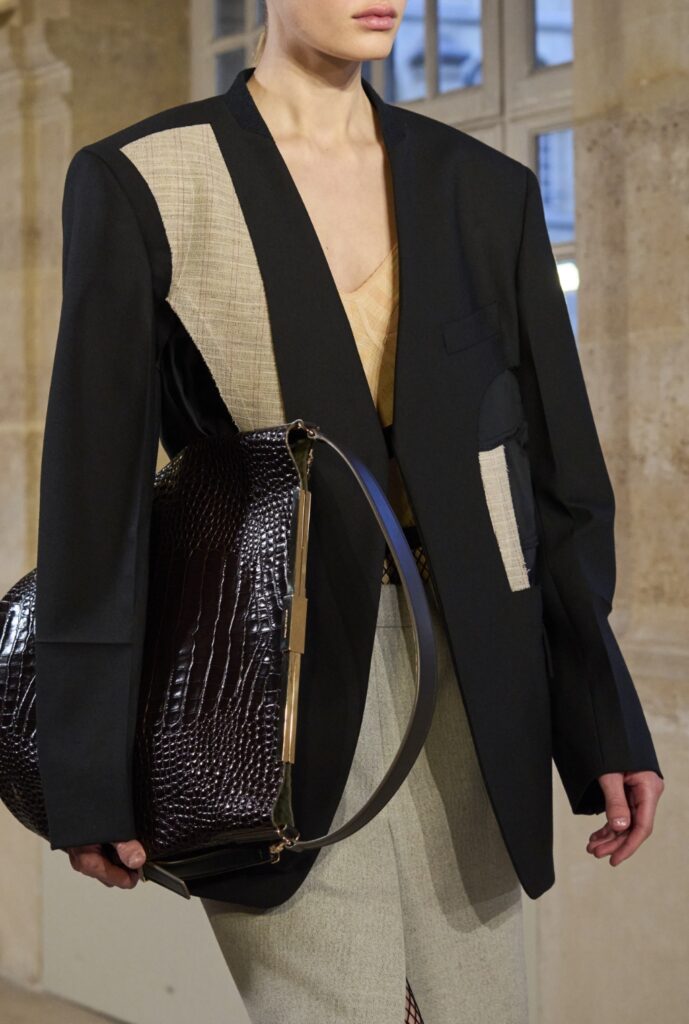
So, how is stealth wealth different from quiet luxury?
The rise in stealth wealth is said to be in response to the lack of privacy that’s inherent in social media. As platforms like Instagram and Tiktok make it easier to access people’s private lives, adopting the stealth wealth trend provides users with more discretion. While quiet luxury is characterised by understated and refined designs, the stealth wealth trend takes a more discreet approach to luxury – which doesn’t sound harmful but – makes it inherently more problematic.
Unlike quiet luxury, stealth wealth actually contributes to overconsumption. It’s motivated by presenting oneself as part of a certain social class by being associated with certain material possessions. By emphasising subtle displays of wealth, the trend reinforces the idea that social status is something to be aspired to and maintained which can perpetuate classism. By adopting stealth wealth, you’re owning pieces that are largely inaccessible and expensive which can contribute to a sense of elitism, further reinforcing social hierarchies and contributing to inequality.
Stealth wealth contradicts itself. To put it frankly: It’s not showy on paper, but deep down it really is. Because only those who are already living in an upper-tier society can recognise it – and that’s the point.
“Quiet luxury feels far more pragmatic,” says Fashion Quarterly’s digital editor Louise. “It rejects overconsumption and embraces ethical consumer behaviour. Plus it has a flow on effect to influence others to do the same instead of falling victim to coveting the latest it-girl trends that will be deemed tragic in several month’s time.”


